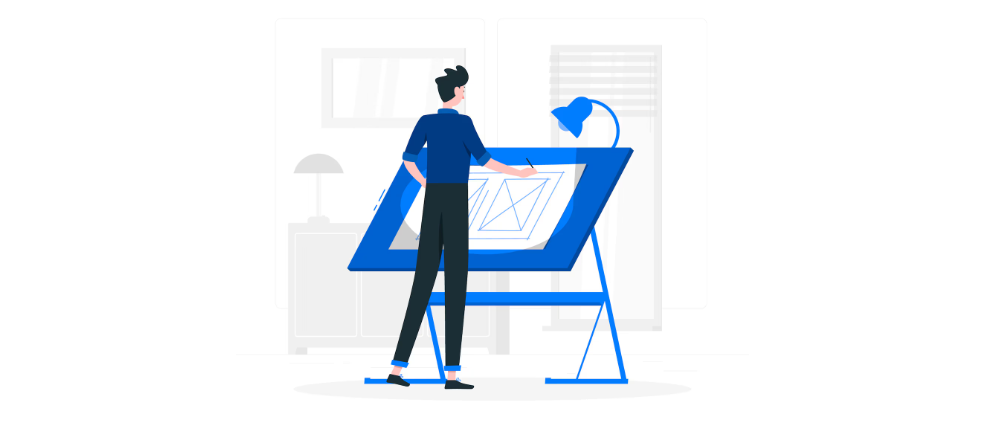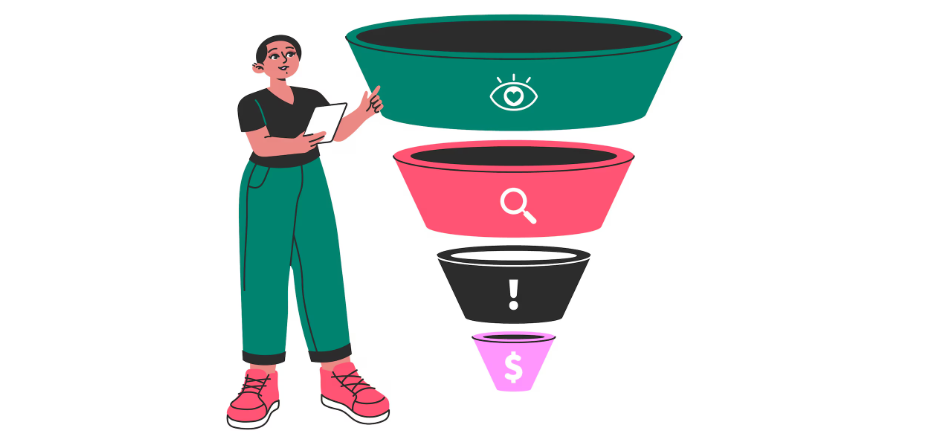Looking to monetize your traffic smarter, faster, and more profitably?
Whether you’re just starting out in affiliate marketing or looking to level up your campaigns, understanding the difference between Smartlinks and Direct Offers can make all the difference.🤔

In this post, we’ll break down both strategies so you can choose what fits your goals best or even use both together for maximum profit. 📈
👉 Ready to discover which one gives you better control, higher earnings, or a faster path to results? Let’s dive in.
1. What Are Smartlinks and Direct Offers?
Let’s start with the basics.
Smartlinks are advanced links provided by affiliate networks. Instead of promoting a single product, a Smartlink uses AI or algorithmic rules to redirect each user to the most suitable offer based on their location, device, behavior, and more.
You only use one link, but it automatically finds the “best fit” offer for the user.
Direct Offers, on the other hand, are fixed affiliate campaigns. You promote one product, with one link, and one landing page.
You control everything creatives, funnels, and traffic source targeting.
In short:
- Smartlink = One link, many offers (auto-optimized).
- Direct Offer = One offer, fully manual setup.

2. How Do Smartlinks Work?
Smartlinks act like auto-pilot. When someone clicks on your Smartlink, the affiliate network’s system checks:
- Where the user is located
- What device or OS they are using
- Which offers are available for that user
- Which offers are converting best right now
Then, the system sends the user to the offer that has the best chance to convert.
For example, if someone from India clicks your Smartlink on mobile, they might get an app download offer.
But if someone from the US on a desktop clicks it, they might be shown a finance-related landing page.
It’s dynamic and smart no need to change your links manually.
3. Advantages of Using Smartlinks
One of the biggest advantages of Smartlinks is simplicity.
You don’t need to test dozens of campaigns manually.
Just place the Smartlink, and the system does the optimization for you.
Smartlinks are perfect for:
- Global traffic – because it auto-redirects by country
- Push/pop ads – where users come from mixed devices and regions
- Remnant traffic – such as SEO pages or expired campaigns
It’s also beginner-friendly. If you don’t know how to run split-tests or manage caps and conversions manually, Smartlinks let you start fast.
Another plus? You rarely run into “dead links” or expired offers, because the algorithm removes inactive campaigns.
4. Drawbacks of Smartlinks
But Smartlinks aren’t perfect.
One downside is the lack of control. You don’t always know where the traffic is going or what kind of offer is being shown.
Some Smartlinks may rotate in aggressive landing pages, adult content, or malware-ridden apps especially if you’re not filtering well.

Another issue is payout fluctuation. You might earn $0.10 per click one day, and $0.02 the next.
Since you don’t select the exact offers, your earnings depend on what the algorithm thinks is best.
Also, Smartlinks perform best with volume. The system needs enough clicks to learn and optimize, so if you’re only getting 20–30 visits per day, results may be unpredictable.
5. Benefits of Using Direct Offers
Now, let’s talk about Direct Offers. They give you full control. You know:
- What product you are promoting
- What creatives and landing pages to use
- What your CPA payout is
- Where your traffic goes

This is perfect for experienced marketers who want to build funnels, run A/B tests, or scale high-EPC offers.
With Direct Offers, you can also negotiate better deals. If you’re sending high-quality leads, you might ask the network to increase your payout or remove caps. That’s rarely possible with Smartlinks.
Direct Offers are great for email marketing, Google Ads, native ads, and long-form landing pages where you want to control the brand, flow, and targeting.
6. Limitations of Direct Offers
But Direct Offers also require more effort. You need to:
- Choose the right offers
- Monitor caps and availability
- Test and track manually
- Replace offers if they stop converting
It can also be risky. If your targeting is wrong like sending mobile users to a desktop-only offer you could waste traffic and money.
That’s why Direct Offers are better suited for people with experience in traffic segmentation.
7. Smartlink vs Direct Offers: Key Differences
Here’s a quick comparison table:
| Feature | Smartlink | Direct Offer |
|---|---|---|
| Control Over Offers | ❌ No | ✅ Yes |
| Payout Stability | ❌ Varies | ✅ Fixed CPA |
| Beginner-Friendly | ✅ Yes | ❌ Needs experience |
| Funnel Customization | ❌ Not possible | ✅ Fully customizable |
| Suitable for SEO/Push | ✅ Excellent | ❌ Not ideal |
| Scaling Potential | ⚠️ Medium | ✅ High if offer is strong |
| Best For | Broad traffic, fast setup | Focused traffic, high ROI |
8. When Should You Use a Smartlink?
Smartlinks are best when:
- You don’t have time to manage campaigns manually
- You’re getting global or mixed traffic from many devices
- You want to monetize traffic fast without learning too much technical stuff
- You have SEO blogs, expired campaigns, or push traffic sources
Smartlinks are also a great way to test a new traffic source before going all-in with a direct funnel.
9. When Should You Use Direct Offers?
Direct Offers are better when:
- You want to build a high-converting funnel with your own landing page
- You’re using paid ads (Google, Facebook, Native)

- You care about brand control and want to avoid shady offers
- You’re working in niches like insurance, finance, SaaS, where LTV matters
They are also ideal if you’re planning to scale because a single good offer can become a long-term profit machine.
10. Pro Strategy: Combine Both
Many affiliate pros start with a Smartlink to test the traffic. Once they find out which GEO/device/conversion flow is performing well, they ask the network for that exact Direct Offer and then run it at scale.
So the strategy becomes:
- Use Smartlinks to test & identify winners
- Switch to Direct Offers for scaling & optimization
This way, you get the best of both worlds automation + control.
11. Real Case Study Example
Let’s say you’re running push traffic from India, Brazil, and Indonesia. You start with a Smartlink from a network like PropellerAds or Adsterra. After 2–3 days, you notice Android app install offers are converting best.

Next, you contact your account manager and request the top-performing offer (e.g., “Loan App Install – IN”).
You now switch to that Direct Offer with a landing page and optimize your ads for installs. You go from $20/day profit to $150/day in a week.
That’s how many marketers scale.
✅ Final Verdict
Smartlinks are great for:
- Beginners
- Broad or untargeted traffic
- Fast setup and testing
- Monetizing leftover or remnant traffic

Direct Offers are best for:
- Pro affiliates
- Campaigns that need control and scale
- Paid ads with customized landing pages
Want to earn more? Use both. Smartlinks to test, Direct Offers to scale.
FAQS
1. ❓ Can I use Smartlinks and Direct Offers together?
Yes, test with Smartlinks, then scale winners using Direct Offers.
2. ❓ Are Smartlinks allowed on Google or Facebook Ads?
No, most times they violate ad policies due to redirects.
3. ❓ Which niches are best for Smartlinks?
Dating, sweepstakes, apps, antivirus, utilities — especially on mobile.
4. ❓ How do I track Smartlink performance?
Use SUB-IDs and tracker tools; most networks provide detailed reports.
5. ❓ Can I ask for higher payouts on Direct Offers?
Yes, if you send quality traffic, networks may increase your CPA.